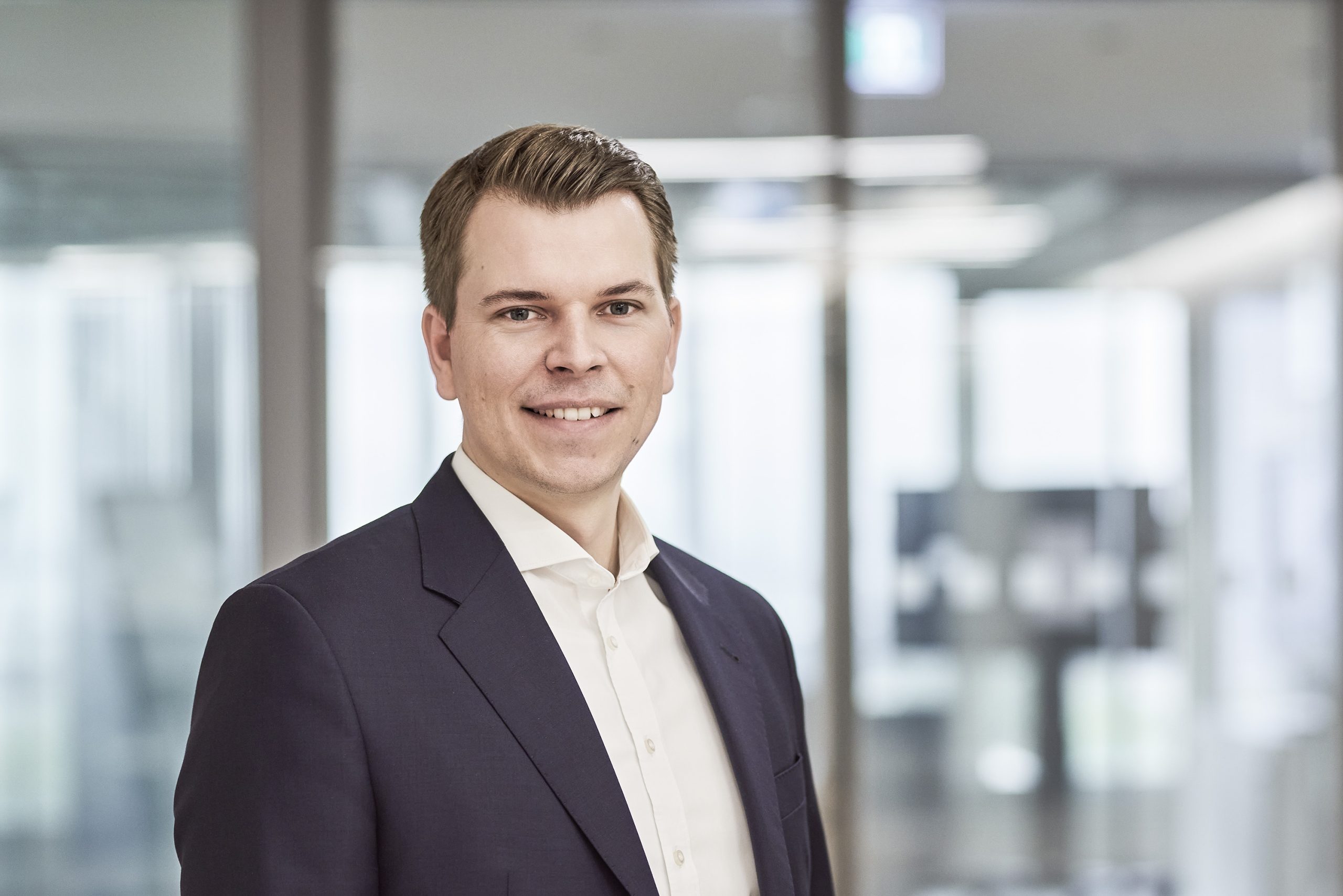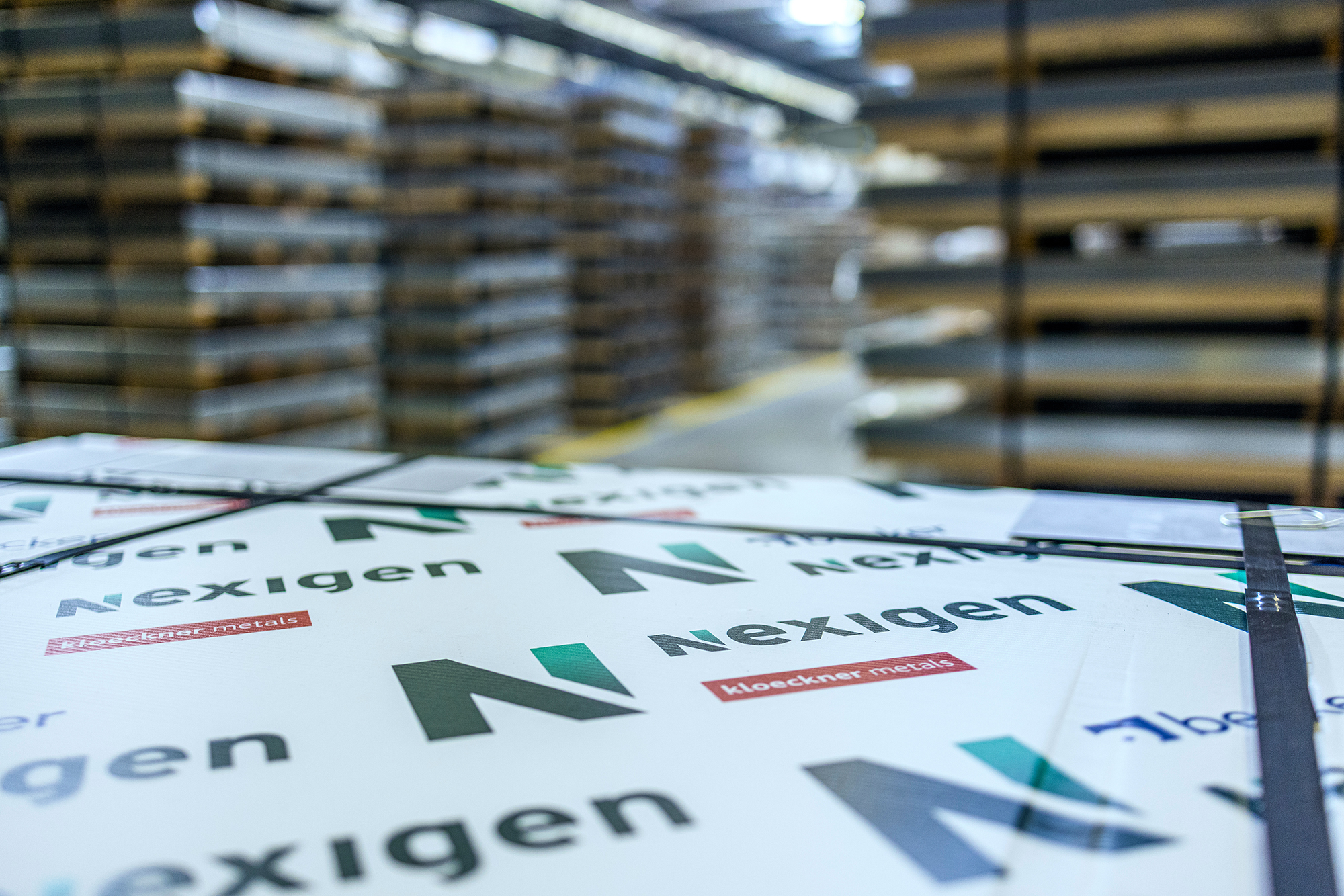By Felix Schmitz, CEO Kloeckner Metals Germany GmbH
The equivocal outcome of the climate summit in Dubai, with 123 countries participating, once again has shown how big the challenges are that policy makers, businesses and industry are facing in their uphill battle for a greener future. This also applies to the steel industry, which is currently accountable for almost 7% of global CO2 emissions.[1]
But for a few years now, the steel industry has responded by introducing CO2-reduced steel and metal products, resulting in an increasing demand for green steel: According to a recent report by the Boston Consulting Group and Klöckner & Co SE, European demand for low-CO2 steel, for example, is expected to grow so fast, that by the end of this decade already, there will be a shortage in domestic supply by 15-20 million tons.[2] Between 2025 and 2030, this high demand is mostly driven by major steel consumers, such as automotive OEMs, who need to secure significant volumes of green steel well before the end of the decade in order to meet their near-term emission reduction targets, the study points out.[3]
By the same token, they need to satisfy their customers’ demand for greener end-products – not least because a majority of end consumers are willing to pay a premium for decarbonized products. In a 2023 survey performed by Boston Consulting Group among end consumers across the EU, the U.S., China and Japan, 57% of respondents said they would “definitely“ or “probably“ consider buying a CO2 net zero manufactured product for their next purchase. And a staggering 84-94% of respondents stated their “willingness to pay a markup“ when it comes to CO2 net zero manufactured cars, EVs, and appliances, respectively.[4]

This rapid change in end consumer behavior is mirrored by an equally dynamic development in the steel industry. In addition to consumers’ maturing priorities, there are several reasons for our industry’s green evolution: First off, EU and other, recently introduced supply chain regulations will oblige manufacturers using steel as a base material to account for transparent value chains and their CO2 footprint. Secondly, customers have come to perceive steel products differently now: In fact, they have come to recognize that steel is a product that can be decarbonized, making steel even more relevant to companies. Today, green steel is an added value asset helping companies to reach their decarbonization targets. Thirdly, the market has seen a greatly increased awareness of more sustainable ways to produce steel as such.
CO2-reduced steel is the green future for a century-old industry
In the case of Kloeckner Metals Germany, a subsidiary of Klöckner & Co SE, one of the world’s largest producer-independent distributors of steel and metal products, more and more of our customers and partners share this view and are making sustainable purchasing decisions in order to cut CO2 emissions and in turn develop CO2 -reduced steel solutions: At Kloeckner, we see the decarbonization of the value chain as a particular opportunity.
Following our introduction of the first Kloeckner CO2 -reduced products into the market in 2022, defining the carbon footprint of the individual products (in light of a missing, industry-wide definition of the term ’green’) has been one of the biggest tasks at hand, as I reported in an article for Green Steel World Magazine in May 2023[5].
At Kloeckner Metals Germany, we see the challenge our customers are faced with in day-to-day operations: For example, throughout 2023, there has been significant progress with our very own Nexigen® umbrella brand for transparent, CO2-reduced solutions for steel and metal materials, operations and logistics that help our customers establish sustainable value chains while accelerating their green transformation: Acting as a connecting link between steel producers and consumers with a global network in 13 countries, we at Kloeckner provide our more than 90,000 customers local access to some 160 distribution and service center locations.
Moving ahead with Nexigen®: Two milestone projects for green buildings
The launch of Nexigen® not only underlines our ambition as a pioneer of a sustainable steel industry and more precisely steel distribution, but its introduction has also taken the next step by premiering a clearly defined set of categorizations for steel, stainless steel and aluminum products based on the product’s actual carbon footprint from raw material extraction to production and transport emissions from our warehouse to the customer`s factory gate.
Let us look at two of our most recent milestone projects – both will make commercial and public buildings greener by leveraging the advantages of our CO2-reduced steel solutions. These two examples illustrate the overall state of green steel affairs in Europe.
The first project entails commercial building spaces: In the summer of 2023, our holding company, Klöckner & Co, signed an agreement for the supply of CO2-reduced steel under the Nexigen® umbrella brand to the Italian steel tubes producer Acciaitubi – and the first partial delivery has already been carried out by our sister company Becker Stahl-Service GmbH.
Acciaitubi aims to become one of the first manufacturers in Europe to be able to offer its customers high-quality steel tubes made of CO2-reduced steel and is strongly committed to achieving challenging sustainability goals. These tubes will be manufactured exclusively for Uxello and ZNB Maastricht, to be used as parts of sprinkler systems for commercial properties across Europe.
A second landmark project is the construction of Germany’s first modular building using CO2-reduced material, the Heisenberg Gymnasium, a high school building currently being realized by ALHO Systembau GmbH, in Dortmund.
The first 82-room modules for the new building, covering around 4,000 square meters and consisting of three full floors and a staggered floor, are in construction now; the building is scheduled for completion throughout the course of 2024. By using Nexigen® CO2-reduced material of the PRIME category, a total of 662 kg of CO2 equivalents per ton of steel are being saved during production in the school’s construction. This reduces the CO2 equivalents in the construction of the modular building by 316 tons or around 30% in absolute terms when compared to solid construction.
In order to further optimize the environmental footprint of modular steel construction, ALHO aims at switching to green steel as far as possible in the future, thereby further reducing the CO2 footprint of buildings.

It is no coincidence that both milestone projects are construction-related, despite the fact that the first batches had been delivered to Siemens and Mercedes Benz, in 2022.
Why the construction industry? First off, both private and public construction projects across the EU are required to go green in supply chains and the origin/production of materials being used. Secondly, many countries are subsidizing the use of CO2-reduced steel, in one way or the other. Thirdly, in a time when housing is a pressing issue in many EU countries, and with both consumers and businesses demanding a greener way of building, a more time- and energy-efficient construction process is required – and green steel offers the perfect solution to both. Last but not least, the construction business has been exposed to the economic shock waves of geopolitical turmoil, which, in turn, has led to a new willingness to innovate.
Going the extra mile: Introducing Nexigen® Data Services
In addition to these two landmark projects, Klöckner & Co, in mid-2023, took another decisive step towards the decarbonization of the steel industry by introducing Nexigen® Data Services: Using this technology solution, customers can manage their product emissions intelligently and digitally.

Nexigen® Data Services has been built on the Nexigen® Product Carbon Footprint (PCF) Algorithm. Independently certified by TÜV SÜD, the Nexigen® PCF Algorithm calculates the individualized product carbon footprint from raw material extraction to the customer’s factory gate (cradle to customer entry gate) for nearly all of our 200,000 products, not just for individual parts. This means that the CO2 emissions of almost every Klöckner product purchased can be precisely tracked down to the kilogram – a major advantage for customers in the competition to establish sustainable value chains. Thanks to our Nexigen® PCF Algorithm, customers can make their purchasing decisions based on transparent values and implement their decarbonization strategy and in turn are able to create more sustainable value chains and products.
In addition to insights into the CO2 emissions history of the products customers have already purchased, the Nexigen® Data Services tool recommends greener alternatives to these products and illustrates the corresponding potential for emissions reduction. Moreover, the service visualizes the CO2 emissions of a steel product along the entire value chain by means of a CO2 passport, which is easy to trace and cannot be altered thanks to the use of blockchain technology.
The technology behind this solution was developed in-house by Klöckner & Co using Polkadot – an open blockchain technology that is the most energy-efficient one compared to other blockchains. Moreover, the use of this innovative technology allows for a high degree of data integrity and resiliency against outages as well as gapless transparency along the entire value chain, while at the same time raising the bar for CO2 emissions tracking in the steel industry.
With the help of our CO2-reduced Nexigen® solutions, we at Kloeckner pave the way for our industry to move ahead in 2024: It is not only about offering CO2-reduced metal products as such, but increasingly also about providing straightforward, hands-on, and transparent, digital solutions to make CO2-reduced materials work, thereby embracing the next-level green steel business.
[1] https://joint-research-centre.ec.europa.eu/jrc-news-and-updates/eu-climate-targets-how-decarbonise-steel-industry-2022-06-15_en#_ftn1
[2] https://media-publications.bcg.com/Green-Pricing-Opportunity-for-European-Steelmakers.pdf, p.1
[3] dito, p. 4
[4] https://www.bcg.com/publications/2023/consumers-are-willing-to-pay-for-net-zero-production#
[5] https://greensteelworld.com/the-high-tech-formula-driving-kloeckners-green-steel-approach
Mark your calendar!
On June 26 and 27, visit stand A18 at the Green Steel World Expo & Conference in Essen and use this unique window of opportunity to engage with the experts from Kloeckner Metals Germany.

